Replacement for creeping honeysuckle
kitasei2
4 months ago
Featured Answer
Sort by:Oldest
Comments (13)
floraluk2
4 months agolast modified: 4 months agogardengal48 (PNW Z8/9)
4 months agoRelated Professionals
West Chester Landscape Architects & Landscape Designers · Clayton Landscape Contractors · Coeur d'Alene Landscape Contractors · Columbine Landscape Contractors · Hayden Landscape Contractors · National City Landscape Contractors · Quincy Landscape Contractors · Rockwall Landscape Contractors · Ronkonkoma Landscape Contractors · Santa Ana Landscape Contractors · St. Louis Landscape Contractors · Independence Siding & Exteriors · Saratoga Springs Siding & Exteriors · Wilmington Siding & Exteriors · Laguna Beach Stone, Pavers & Concretekitasei2
4 months agokitasei2
4 months agokitasei2
4 months agokitasei2
4 months agogardengal48 (PNW Z8/9)
4 months agolast modified: 4 months agokitasei2 thanked gardengal48 (PNW Z8/9)gardengal48 (PNW Z8/9)
4 months agolast modified: 4 months agokitasei2 thanked gardengal48 (PNW Z8/9)
Related Stories
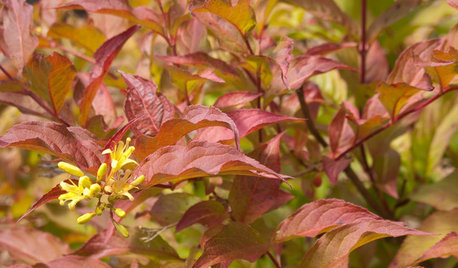
GARDENING GUIDESGreat Design Plant: Northern Bush Honeysuckle, a Bronze Beauty
It helps control erosion and takes sun or shade. The butterflies love it. But the best part of this shrub may be the vivid foliage
Full Story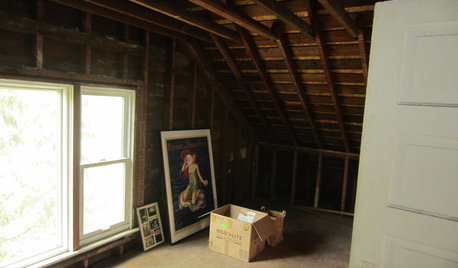
Houzz Call: What Gives You the Creeps at Home?
Halloween horror got nothing on your basement, attic or closet? Show us that scary spot you steer clear of
Full Story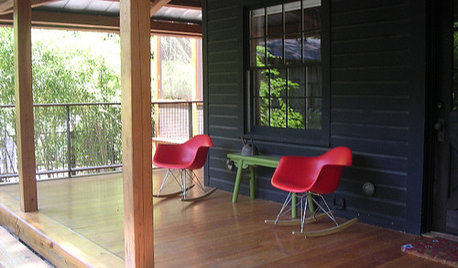
PINKHoneysuckle: Inspired by Pantone's Color of the Year
13 ways homes can wear this confident shade of pink, Pantone's color of 2011
Full Story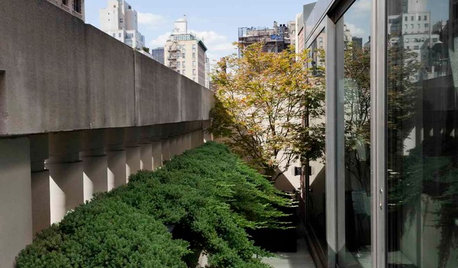
GARDENING GUIDESGreat Design Plant: Creeping Juniper Holds Its Ground
Add texture and evergreen interest to a layered garden with this low-maintenance, good-looking ground cover
Full Story
LATEST NEWS FOR PROFESSIONALSHow to Manage ‘Scope Creep’
A Houzz Industry Marketing webinar looks at ways project creep can hurt your business and how to keep it from happening
Full Story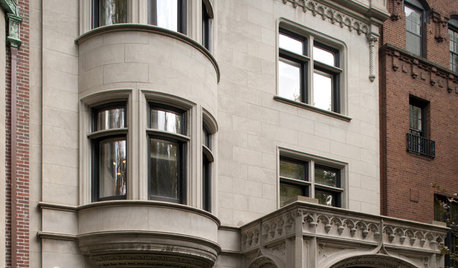
REMODELING GUIDES8 Ways to Stick to Your Budget When Remodeling or Adding On
Know thyself, plan well and beware of ‘scope creep’
Full Story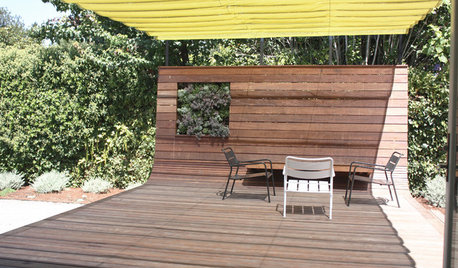
DECKSA Family-Friendly California Yard Wises Up About Water
Pavers and unthirsty plants replace Kentucky bluegrass in a Menlo Park landscape for a family of 4
Full Story
GARDENING GUIDESGreat Design Plant: Sambucus Nigra
Common elderberry is a highly adaptable shrub from the eastern U.S., with berries galore for wildlife and humans alike
Full Story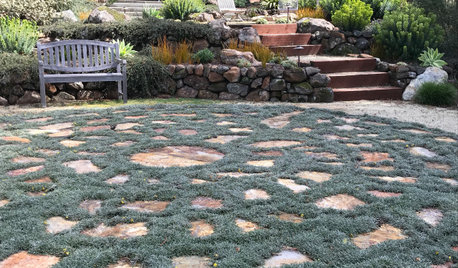
LANDSCAPE DESIGNSo Long, Lawn: 6 Walkable Ground Covers to Consider
These trample-proof, low-water plants can lower your water bill while greening up your garden
Full Story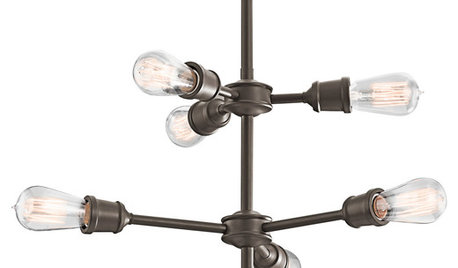
PRODUCT PICKSGuest Picks: The Lights of Your Life
Sconces, pendants and chandeliers for every task and a range of tastes
Full StorySponsored







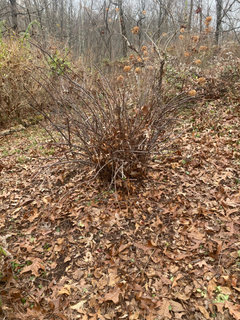
floraluk2